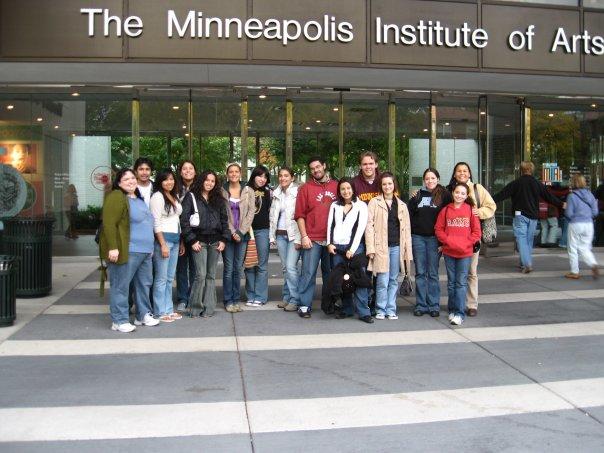
Recent Trends for the University since 1975
Changes in Residential Life
During the modern era, there have been many changes in residential life.
Curfew, Coeducation, and Inclusion
The first change came through curfew and coeducation policies. In 1973, for instance, Bailey Hall got rid of their curfew policy that was in place during the ‘60s.1 This meant that women could now freely come and go as they pleased, just like men. Likewise, the last single-sex dormitories became coeducational in this era. For instance, Territorial Hall became co-ed in 1976 after the hall’s administration sent out a survey asking for residents’ opinions.2 Finally, the University has made incredible strides toward inclusion. Many floors of residence halls are reserved for Living, Learning Communities (LLCs) and gender open housing.3 Through these programs, the University hopes to create an atmosphere of a welcoming community.
Alcohol Policy
Another policy change that occurred was the alcohol policy for residence halls. In 1974, the Board of Regents passed new guidelines for alcohol possession and consumption in University dormitories. For instance, at Territorial Hall in 1976, students could have parties that contained alcohol, as long as it remained inside the dorm room. Students could also contact the residence director if they wanted to have a party with alcohol in one of the lounges. Finally, when deciding what room to live in, students could indicate if they wanted a dorm room that allowed alcohol consumption or not.4
Residence Hall Newsletters
A final change could be witnessed through the presentation of residence halls’ newsletters. For instance, in previous eras, newsletters were personalized for specific dorms, such as including gossip sections on individual residents.5 However, by the 1990s, newsletters became less personal and more administrative, including schedules of events for Welcome Week and important academic dates.6
Struggles for On-Campus Housing
Although there have been some welcoming changes to residential life, there are many continuing struggles for the modern era.
#1: Shortages in Housing
Recently, the University of Minnesota has found themselves in another housing shortage crisis. In 2016, the University approved a $105 million renovation of Pioneer Hall. The project will not be completed until fall of 2019.7 Because an entire residence hall, housing over 700 people, is now out of commission, the University struggled to house the 2021 freshman class, the largest freshman class in almost five decades.8 To temporarily solve the problem, the University decided to transform Wilkins Hall and the bottom two floors of Yudof Hall into freshman-only spaces. Some freshmen also had to live in expanded housing. For instance, in Centennial Hall, forty of its single rooms have been temporarily converted into doubles.9
#2: Traditional Residence Halls vs. Apartments: Living in Luxury
Over the past two decades, students’ opinions on on-campus housing have transformed. Many students are now looking for luxury amenities that are typically found in apartments. For example, in 2013, 17th Avenue Residence Hall was built. It features a dining hall sponsored by the Fresh Food Company, providing healthy, fresh food options to students (unlike other traditional residence halls). Additionally, 17th also has larger rooms. Since 1996, the University has constructed six new housing buildings, and five of them are apartments:
- Wilkins Hall (1996)
- University Village (1999)
- Keeler (2002)
- Yudof Hall (2002)
- 17th Avenue Residence Hall (2013)
- Radius @ 15th (2015)10
#3: Costs
Because of the emphasis on luxury living, the University has also began to charge exorbitant amounts for housing. In a 1976 Territorial Hall memorandum, a student paid $429 per semester to live in a double room.11 However, today, residents in Territorial Hall are charged 6.5 times more, paying $2,793 per semester - for the same room! Even when adjusted for inflation, students are paying almost $1,000 more. Similarly, just within a year, apartments have also seen major price increases. For example, for the 2017-2018 year, a one-person, one-bedroom apartment in Keeler is $11,768. Next year, however, the rate will go up to $12,899.12
The Future for On-Campus Housing
The future for on-campus housing at the University of Minnesota is pretty uncertain. When Pioneer Hall opens again for the Fall 2019 semester, the University will be able to accommodate even more students. However, with on-campus housing becoming more expensive with each passing year, students might decide that the financial benefits of locating off-campus housing will outweigh the convenience University-owned residence halls and apartments provide. Regardless of the outcome, on-campus housing has provided numerous opportunities for students in every era.


